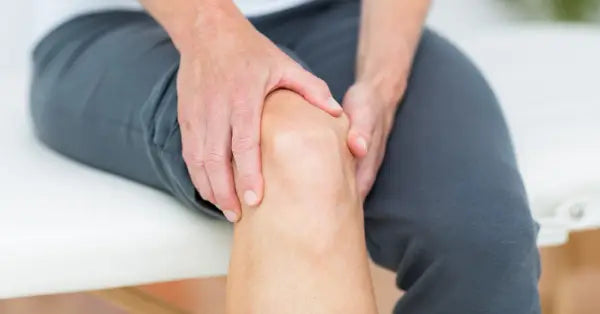How to Beat Joint Pain When Living with Diabetes

Diabetes and joint pain are considered to be independent conditions. Yet, if you have diabetes, you’re at an increased risk of developing damage to your bones and joints. Movement, and everyday activities are much more difficult to complete and enjoy, but what causes people with diabetes to experience joint damage and pain – and what can you do to live with diabetes, joint-pain free?
What causes joint problems for people with diabetes?
When blood sugar levels are not balanced, diabetes can cause changes in your musculoskeletal system, the bodily system made up of bones, muscles, joints, tendons and ligaments. Other factors, like obesity, arterial disease and nerve damage called diabetic neuropathy may serve as catalysts to the development of these changes. However, more often than not, there is no single clear cause of joint problems for people with diabetes.
Diabetic arthropathy – what are the symptoms?
Diabetes joint pain, or diabetic arthropathy, can affect any joint in the human body, including those in hands, feet, shoulders, neck and spine, leading people with diabetes to experience a wide variety of symptoms, including:
- Joint pain – gradual onset and escalation
- Joint stiffness
- Swelling
- Tight, thick skin
- Changes in the feet
- Painful shoulders
- Carpal tunnel syndrome
- Trigger finger
Want to learn about diabetes management? Check out CuraLife’s blog post on the future of diabetes management.
Can you beat joint problems and live with diabetes, pain-free?
The key to beating diabetes-related joint pain is to manage your diabetes. That means taking measures to keep your blood sugar levels balanced. High glucose levels can thicken and degrade diabetics’ collagen, with the extra glucose sticking to joint surfaces, Together, this stickiness and degradation interfere with movement and place people with diabetes at greater risk for falls, injury and pain. Adhering to a fitness regimen and adopting a diabetes nutrition plan can help.
Keeping active
To prevent joint problems and help reduce joint pain, you’ve got to keep moving. Varying your physical activities, alternating between stretching, aerobics and resistance training can help relax and strengthen muscles, promoting flexibility and function. Water exercising and cycling are low impact, making these activities great for people with diabetes that are already experiencing some joint pain.



